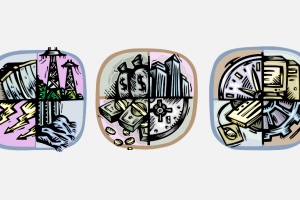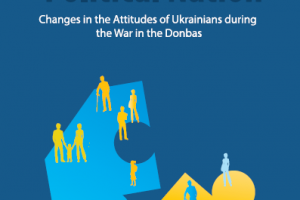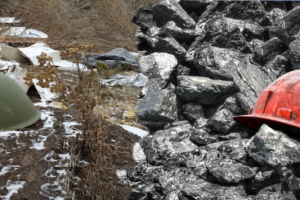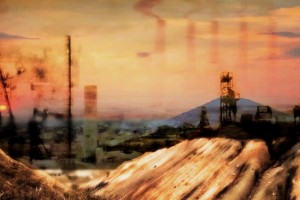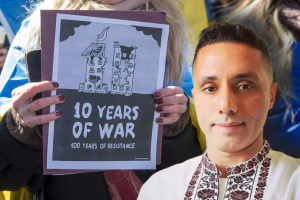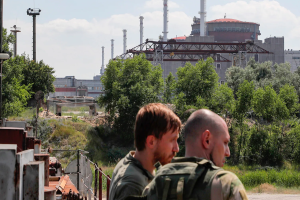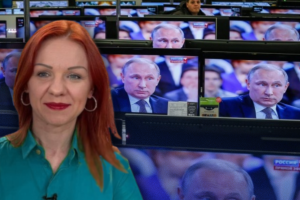Focus on Ukraine: Biweekly Brief
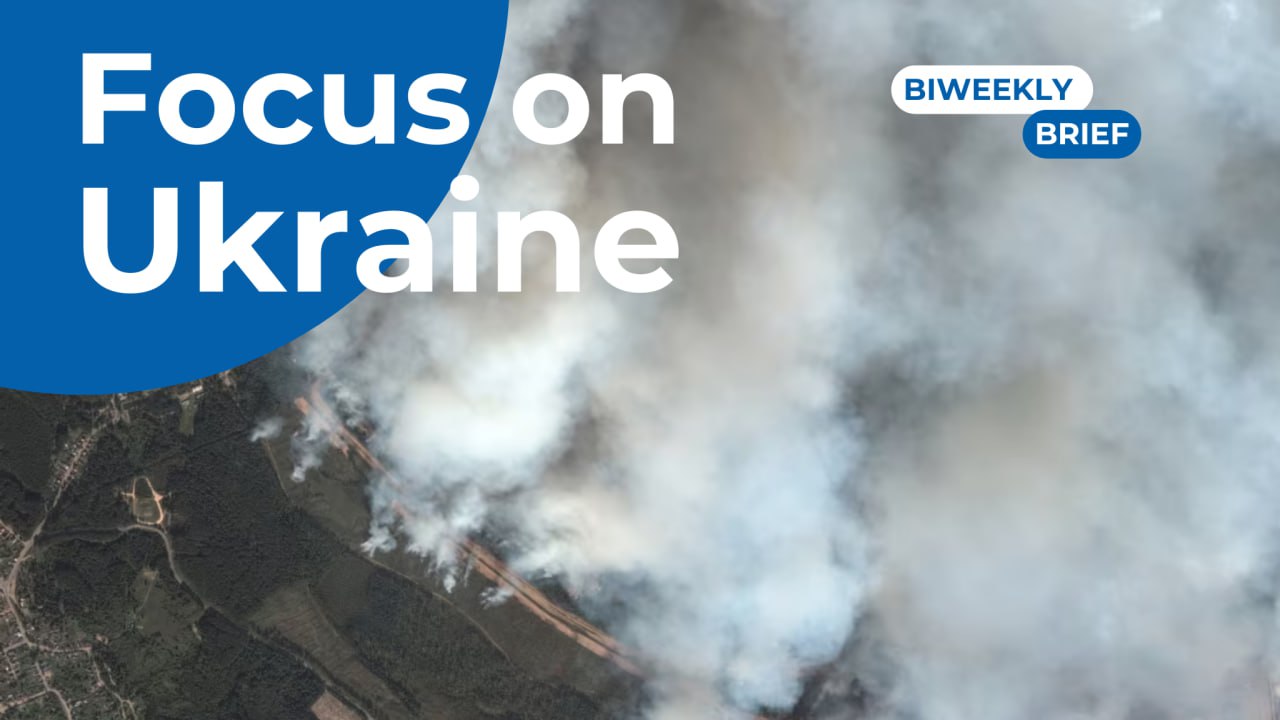
Introduction
This is the Fortnight Analysis, an analytical review covering the following security aspects:
- how russian invasion affected mental state and behavioral practices of different social groups in Ukraine and boosted their resilience against enemy’s hostile actions (including military, diplomacy, and disinformation campaigns);
- how state supports Ukrainian heroes
- homeland and international issues in political and social agendas, that influence the decision-making process in Ukraine;
- what’s new in the key regions and territories near active combat zones, or/and currently under russian occupation.
The primary goal of this review is to describe the sociopolitical context in which the Ukrainian people and government are withstanding the aggression and to propose constructive steps for Ukraine’s partners further contributions.
This issue covers the period of 15 August – 31 JAugust 2024.
Executive Summary
- Military support from international partners - what we need, what’s on the way
- Why the situation in the Donetsk sector is critical.
- Massive attacks on civilians.
- August 2024: relentless russian military aggression, particularly in eastern and southern Ukraine, led to a new wave of civilian evacuation and displacement as well as to significant destruction. Meanwhile, communication with people still in the occupied territories has become even more complicated and humanitarian consequences – even more serious.
- In August, Ukraine made an important political step – ratified the Rome Statute, continuing its integration into the European legal system. Statute (after passing some changes into Ukrainian criminal justice laws) will increase our cooperation with the International Criminal Court, which may further prosecute Russia for war crimes on Ukrainian territory.
- Educational opportunities for young people from the occupied territories remain limited, despite the benefits and opportunities created for them, to enter Ukrainian universities. The decline in the number of applicants from Crimea and other occupied regions showcase how difficult it is for them to leave and reenter as well as to search for safer conditions and/or studying abroad.
Detailed analysis
Rome statute
The second half of August in Ukraine was characterized by shelling of energy infrastructure, the advance of Russian occupation forces in the east, and intensified evacuation of civilians from the Pokrovsky direction. Ukrainian troops were able to continue their offensive inside russia towards the town of Sudzha and replenish our POWs fund. One of the defining events of August 2024 was Ukraine's ratification of the Rome Statute - baseline document of the International Criminal Court. Interesting fact: Ukraine actually signed the statute back in 2000, but, until recently, never ratified it. Mainly because of fear that ICC would prosecute Ukrainian citizens and soldiers, among others. However, ratification of the Rome Statute is an important condition of the EU-Ukraine Association Agreement as well as several security treaties between Ukraine and its European partners. On August 15, President Volodymyr Zelenskyy submitted a draft law to the parliament to ratify the Rome Statute, and on August 21, the Verkhovna Rada ratified the Rome Statute of the International Criminal Court. The corresponding bill No. 0285 was voted for by 281 MPs.
Military support from international partners
- The Netherlands has decided to provide Ukraine with 28 amphibious tracked armored personnel carriers, named BvS-10 Viking.
Massive attacks on civilians
- On 26 August 2024, russian troops again tried to strike Ukraine’s energy infrastructure via launching the largest air attack across the country since the beginning of the full-scale invasion. In total, 127 missiles and 109 UAVs of the ‘Shahed-136’ type were fired (most of them were intercepted by Ukraine AA defense).
Political events that influence social resilience against Russian hostile actions
Supporting vulnerable people
- The Government of Ukraine has announced the launch of new social programmes, including support for internally displaced persons and war victims.
How state supports Ukrainian heroes
Heroes of Ukraine to receive housing from the state
- On Monday, 26 August, President of Ukraine Volodymyr Zelenskyy signed Decree No. 596/2024, which enables the allocation of housing to Heroes of Ukraine.
Situation in the occupied and frontline regions
Between 15 and 31 August 2024, Ukrainian frontline saw a high activity. Pro-russian armed groups intensified shelling. Pokrovsky's direction remains the most difficult because of fierce battles to control strategic positions. Ukrainian forces launched counterattacks to stabilize the front line.
Kherson region & Zaporizhzhia region
Russia intensified almost daily bombing the Kherson region and its de-occupied communities on the right bank, like Beryslav district and Kherson city itself. Hitting civilians with explosive drones – russian main terrorist tactics – expanded to new dimensions. In addition, russia uses artillery along with guided and unguided aerial bombs against civilians and housing. For example, on August 30 alone, the Russian army fired 50 unguided missiles at Kherson region. In turn, in Zaporizhzhia, 1.5 hectares of the territory of the nature reserve fund on Khortytsia Island were damaged by enemy shelling on the night of August 27, 2024.
Communication with people living in the occupied territories of southern Ukraine became even more difficult in August. The Russian occupiers intensified filtration measures and put additional pressure on local residents. For example, in the occupied Oleshky community in Kherson region, the situation is visibly deteriorating because of the russian military rotations. These territories are located in a 30-kilometer zone from Dnipro river, which serves as the demarcation line. According to media reports, the head of the Oleshky City Military Administration, Tetiana Hasanenko, said that the rotation has now taken place and Rosgvardia units have entered the territory of the Oleshky community on the left bank of the Kherson region. According to her, the level of cruelty among the Russian occupiers, who lived in the community for some time, is decreasing. But when there is a rotation, the situation becomes much more complicated. Russian special forces carefully monitor the contacts local residents make with territory, controlled by Ukraine. For them, this is evidence of “betrayal of the Russian Federation,” the official says. Russian occupants check phones and computers and have tools to detect deleted messages and content.
Donetsk region & Luhansk region
In the second half of August, Russian troops continued their advance in the Donetsk region toward Pokrovsk. One of the objectives of the Defense Forces' operation in the Kursk region was to divert Russian troops from other areas, including Pokrovsk. Instead, the Russian army concentrates its most combat-ready units here to reach the Konstantinovka-Pokrovsk road junction and disrupt the logistics of the Ukrainian army.
As a result of russian advances, the Donetsk region decided to announce a forced evacuation of families with children from Pokrovsk and the community starting August 20. According to the regional administration, 53,000 people, including almost 4,000 children, remain in Pokrovsk and possibilities for their safe evacuation are decreasing every day.
The Autonomous Republic of Crimea
Since Russia launched a full-scale invasion and spread its military aggression throughout Ukraine, the occupied Crimea has been used by Russia as a military base. Occupiers continue to strike at the territory of Ukraine, including civilian infrastructure from the peninsula territory. Activists of the ATESH resistance movement discovered the creation of a new defense line of the Russian army in the village of Pryvitne. It included observation posts and trenches near civilian homes.
This once again demonstrates how the Russians are using the residents of the occupied Crimea as human shields for their military installations. In turn, Ukrainian troops are methodically destroying Russian military facilities in Crimea. On August 22, the Ukrainian Defense Forces hit and sank a ferry with fuel in the port of Kavkaz on the Azov coast of the Kerch Peninsula. It was carrying at least 30 fuel tanks. It was an important element for the russian military logistics.
In August, the issue of education for Ukrainian children living in the occupied territories also became a topic of conversations.
Mykhailo Vynnytskyi, Deputy Minister of Education and Science of Ukraine, told the media that 4,000 applicants from the temporarily occupied territories of Ukraine entered Ukrainian universities in 2024. He reminded that in 2023, MPs voted in favor of a law that made recognizing educational results, obtained in the temporarily occupied territories, possible.
At the same time, it is worth emphasizing the wide range of problems that applicants from the temporarily occupied territories face. According to the Almenda Center for Civic Education, last year there were only 89 applicants from the occupied Crimea, of whom 56 were enrolled. This year, Almenda expects even lower numbers. In general, according to available statistics, the number of applicants from the occupied territories has decreased over the past few years. The DIF assumes that applicants from the occupied territories have found safer conditions for studying abroad, particularly in European countries, which have created many benefits and opportunities for applicants from Ukraine during the full-scale war.

